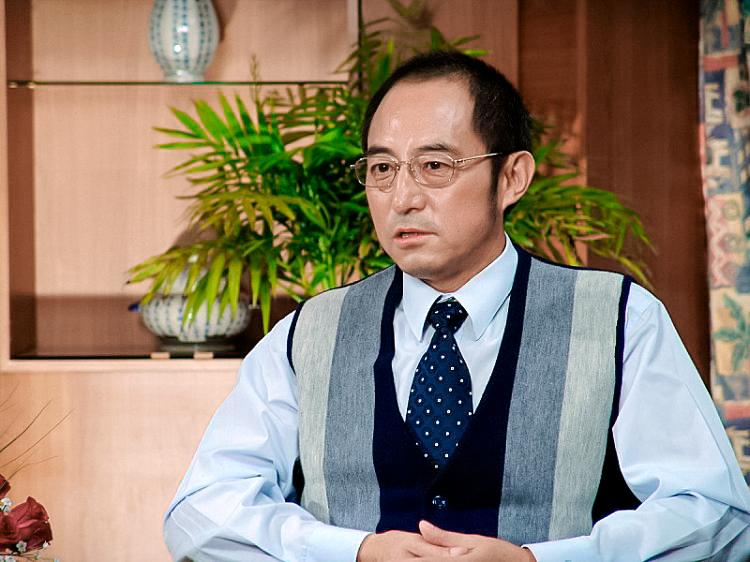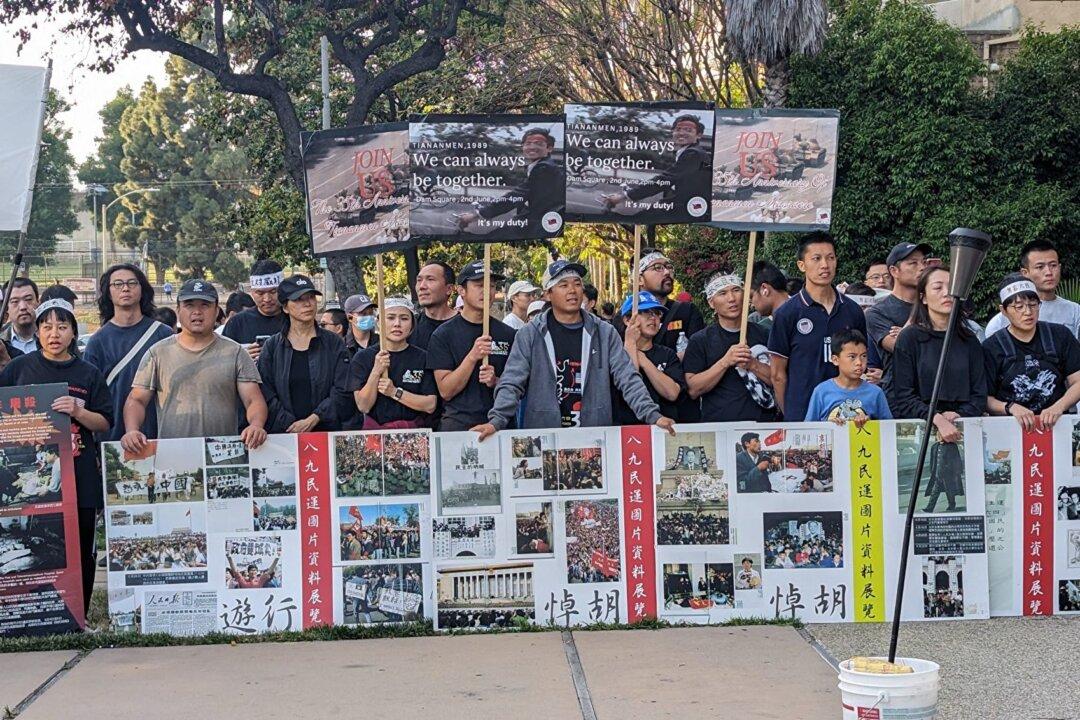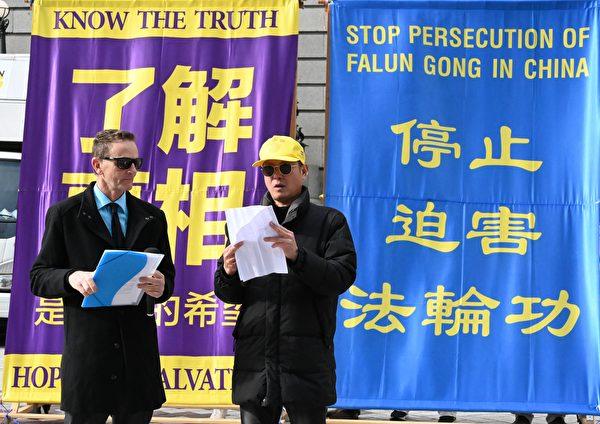China is clamping down on “image projects” as the country’s financial woes continue. Analysts believe that image projects reflect the absurdity of the ruling party. Xiongan New Area, for instance, a mass new city project initiated by Communist leader Xi Jinping, has turned out to be a great waste of resources.
Under the rule of the Chinese Communist Party (CCP), officials from the central government and local offices regularly engage in image projects, i.e., infrastructure projects that are impressive in appearance but have very little practical use. These image projects, intended to “ strengthen the political base of the CCP,” are a fast track to promotion for the officials and are therefore also known as performance projects.
Chinese media, Caixin, recently reported that local governments across China vowed to “rectify” new image projects.
According to the report, new projects in Nanzhao County, Henan Province, from 2016 forward will be investigated for corruption. These projects include ones concerning people’s livelihoods, rural revitalization, cultural tourism, infrastructure, digital systems, facilities relevant to enhancing the party’s political base, party education and training institutions, and facilities for retired cadres’ health care.
Projects to “strengthen CCP’s political base” have always been a priority for the Communist leadership, leading to the widespread construction of facilities for the purpose of propaganda across the country.
Last year, the party magazine BanYueTan made a rare report revealing the extravagant cost of these image projects to enhance the party’s political base across the nation. For example, a slogan banner around 109 ft long and 3.2 ft wide costs 440,000 yuan ($61,000), while a set of 12 large characters on a billboard costs 310,000 yuan ($43,000). In one southwest region, a park dedicated to the party image was reported to have cost over 70 million yuan ($9.7 million).
Shihmin Chen, associate professor of the Department of Political Science at National Taiwan University, told the Chinese language edition of The Epoch Times that he believes it is ironic that the regime claims to rectify the local projects initially promoted by the top echelons.
He believes Xi’s ambitious push for party image projects has led to many projects becoming loaded with corrupt deeds. “The key reason for the crackdown now is the deterioration of local finances; some places are even unable to pay the salaries of civil servants or doctors and nurses in hospitals,” said Mr. Chen.
Activist and exiled Chinese dissident Wang Juntao told The Epoch Times that he believes the regime is fully aware of the fact that these projects have been for promoting individual officials, even though they are shoddy projects.
He said, “Xi Jinping wants to eliminate all the corrupt officials who have been running image projects for their personal benefit.
Xiongan New Area
Xiongan New Area, a new economic zone and megacity neighboring China’s capital, Beijing, is known as Xi’s “millennium plan.”The Chinese State Council announced the project as “a major historic and strategic choice” made by the CCP’s Central Committee, with Xi as the core leader.
Touted as a “city of the future,” Xiongan was planned to replace some of the functions of the overcrowded Beijing. However, it has been widely criticized for wasting resources and labor.
Xiongan New Area was officially established on April 1, 2017. Recently, state propaganda celebrated the area’s 7th anniversary.
In late March, state media Xinhua reported that the area had completed investments totaling over 670 billion yuan ($92.72 billion) across more than 380 major projects; more than 200 central enterprises had set up various institutions in the area; and infrastructure such as highways, underground utility corridors, and cloud smart services had been built.
The authorities demanded the relocation of institutions from Beijing, but progress has been slow.
On May 14, CCTV News said that Beijing Jiaotong University, University of Science and Technology Beijing, Beijing Forestry University, and China University of Geosciences were the first four Beijing-based universities to be relocated to Xiongan New Area. Only Beijing Forestry University at Xiongan and Beijing Jiaotong University at Xiongan have had their first main building, respectively, topped out.
Hong Kong’s Sing Tao Daily reported in June 2023 that Beijing’s to-be-relocated faculty have been reluctant about the relocation and would rather stay in Beijing, where they feel much more “stable.”






